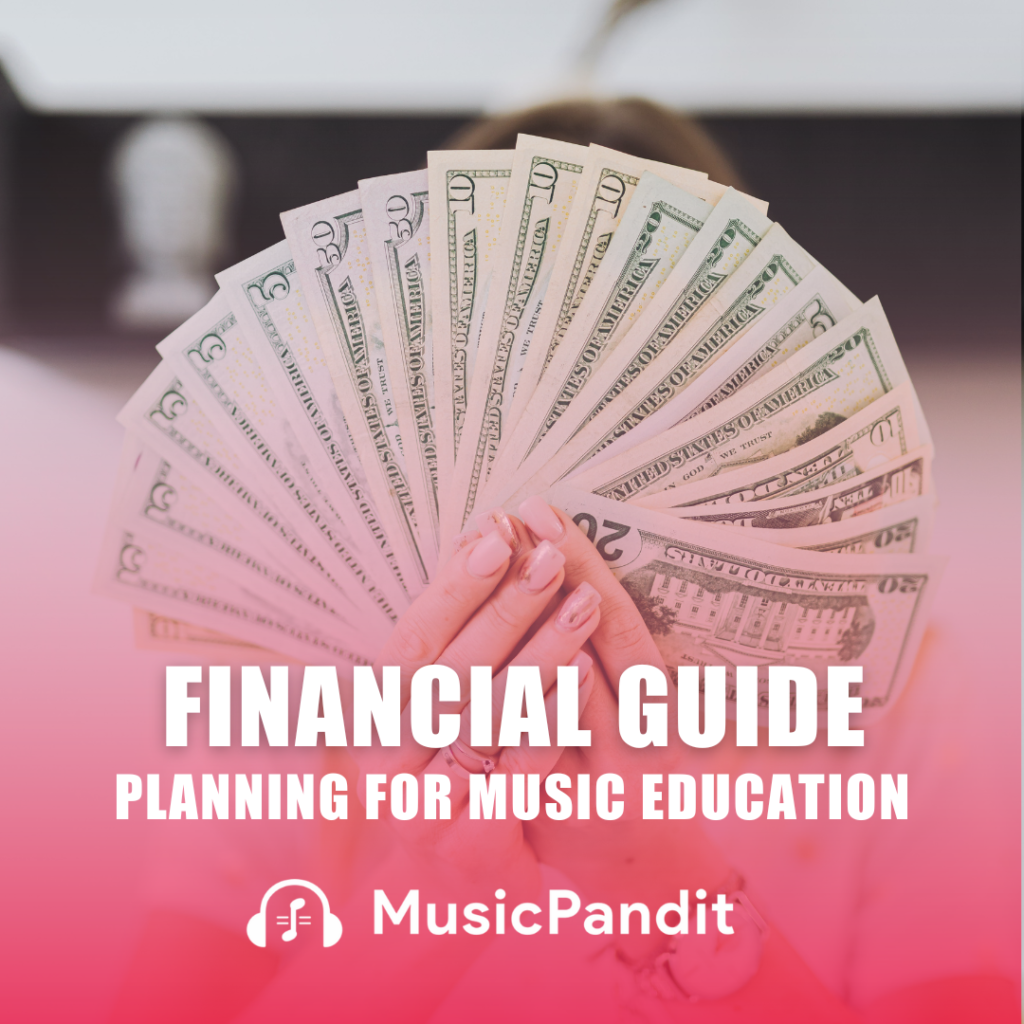Understanding costs from instruments to lessons, competitions, and long-term investments. Embarking on a musical journey is a rewarding endeavor for children, offering numerous cognitive and emotional benefits. However, as a parent, it’s essential to understand the financial commitments involved in music education to plan effectively and ensure a sustainable learning experience for your child. This comprehensive guide will walk you through the various costs associated with music education—from purchasing instruments to funding lessons, participating in competitions, and making long-term investments.
The Importance of Financial Planning in Music Education
Investing in your child’s music education is more than just enrolling them in lessons; it involves a series of financial decisions that can impact your family’s budget. Proper financial planning ensures that you can support your child’s musical aspirations without unforeseen financial strain.
Breakdown of Costs in Music Education
Understanding the different expenses involved will help you create a realistic budget. Here’s a detailed look at the primary costs:
1. Instrument Purchase and Maintenance
Initial Purchase:
- New Instruments: The cost varies widely depending on the instrument and its quality. For instance, a beginner violin might cost between $100 to $500, while a piano can range from $3,000 to $10,000.
- Used Instruments: Purchasing a used instrument can be a cost-effective option. Ensure it’s in good condition and consider potential refurbishment costs.
Maintenance:
- Regular Upkeep: Instruments require regular maintenance, such as tuning for pianos or restringing for guitars, which can add to annual expenses.
- Repairs: Unexpected repairs can occur, so it’s wise to set aside a budget for such contingencies.
2. Music Lessons
Private Lessons:
- Individual Instruction: Private lessons offer personalized attention but come at a higher cost, typically ranging from $30 to $100 per hour, depending on the instructor’s expertise and location.
Group Lessons:
- Shared Learning: Group lessons are more affordable, averaging $20 to $50 per session, and provide a collaborative learning environment.
Online Lessons:
- Virtual Convenience: Online platforms offer flexibility and often lower rates, with prices varying based on the platform and instructor.
3. Sheet Music and Learning Materials
- Books and Scores: Purchasing sheet music and instructional books can cost between $10 to $50 per piece.
- Digital Resources: Subscriptions to music learning apps or online resources may have monthly fees ranging from $5 to $20.
4. Competitions and Performances
Entry Fees:
- Competitions: Participating in local or national competitions often requires entry fees, which can range from $50 to $200.
Travel Expenses:
- Transportation and Accommodation: If competitions or performances are out of town, consider the costs of travel, lodging, and meals.
Attire:
- Performance Clothing: Special attire may be necessary for performances, adding to the overall cost.
5. Long-Term Investments
Advanced Instruments:
- Upgrading Equipment: As your child progresses, investing in higher-quality instruments becomes pertinent, which can be significantly more expensive.
Advanced Training:
- Specialized Instruction: Advanced lessons or masterclasses with renowned instructors may come at a premium price.
College Education:
- Music Degrees: If your child pursues a degree in music, tuition and associated costs should be anticipated.
Also Read: Managing Music Education with Other Activities: Finding the Right Balance
Tips for Effective Financial Planning
To manage these expenses effectively, consider the following strategies:
1. Create a Detailed Budget
- Itemize Costs: List all potential expenses, both one-time and recurring, to understand the financial commitment.
- Set Priorities: Determine which expenses are essential and which are optional to allocate funds appropriately.
2. Explore Financial Assistance
- Scholarships: Research local or national scholarships available for young musicians.
- Grants: Some organizations offer grants to support music education for children.
- School Programs: Inquire about school-based programs that provide instruments or lessons at reduced costs.
3. Consider Renting Instruments
- Trial Period: Renting an instrument initially can be a cost-effective way to assess your child’s interest before making a significant purchase.
- Rental Costs: Monthly rental fees vary but are generally affordable compared to purchasing.
4. Plan for the Future
- Savings Fund: Establish a dedicated savings account for future music-related expenses.
- Regular Contributions: Consistently contribute to this fund to prepare for larger expenses down the line.
Conclusion
Investing in your child’s music education is a valuable endeavor that requires careful financial planning. By understanding the various costs involved and implementing strategic budgeting, you can support your child’s musical journey while maintaining financial stability.
Source:https://www.musicpandit.com/blog/financial-planning-child-music-education/

